Some Facts and Myths About Cardboard Waste and Recycling
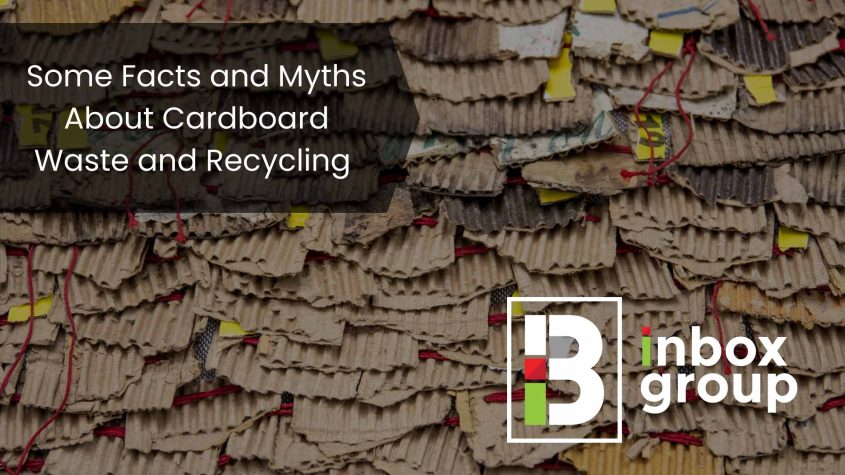
With over 3.5 million tonnes of paper and cardboard being used in Australia every year, it’s vitally important that we are knowledgeable about the facts about this important resource. There are many myths that surround recycling, one of the most enduring being that most recycled cardboard just “goes into landfill”. Let’s have a look at the facts!
What is cardboard made from?
Very simplistically, cardboard is made from woodchips which are pulped and have glue added to hold the fibres together. In Australia, most if not all, cardboard packaging is made with a percentage of recycled material. Some are even made from 100% recycled material! Even virgin kraft board boxes, the inner corrugation between layers, is usually made from recycled board. Around 54% of all packaging in Australia is made from fully recycled material – so where does this come from?
Where does recycled material come from?
This brings us to one of the most incorrect of all recycling myths – that paper and cardboard waste goes to landfill. In reality, a huge majority of the waste material collected by your council is, in fact, recycled. At times this has been lower, such as when some facilities shut down in Victoria, but overall, the cardboard carton recycling rates in Australia are on par with the rest of the world. The National Waste Report (2018) by the Department of The Environment and Energy showed that the cardboard carton recycling rate was 96.5% of all collected waste.
This is good news, right?
Hold on, soldier! Yes, it’s awesome that we are doing so well! But the important thing is to become an active part of a recycling “circle”. There’s not much point in recycling products like boxes unless the consumer is buying them back. Planet Ark research shows that around 70% of Australians PREFER using recycled material and that’s great for the environment. But even more importantly, we need to constantly educate our customers regarding the hows, whys, and wheretos – adding some simple printed instructions to your packaging can save thousands of tonnes of material being unnecessarily thrown away.
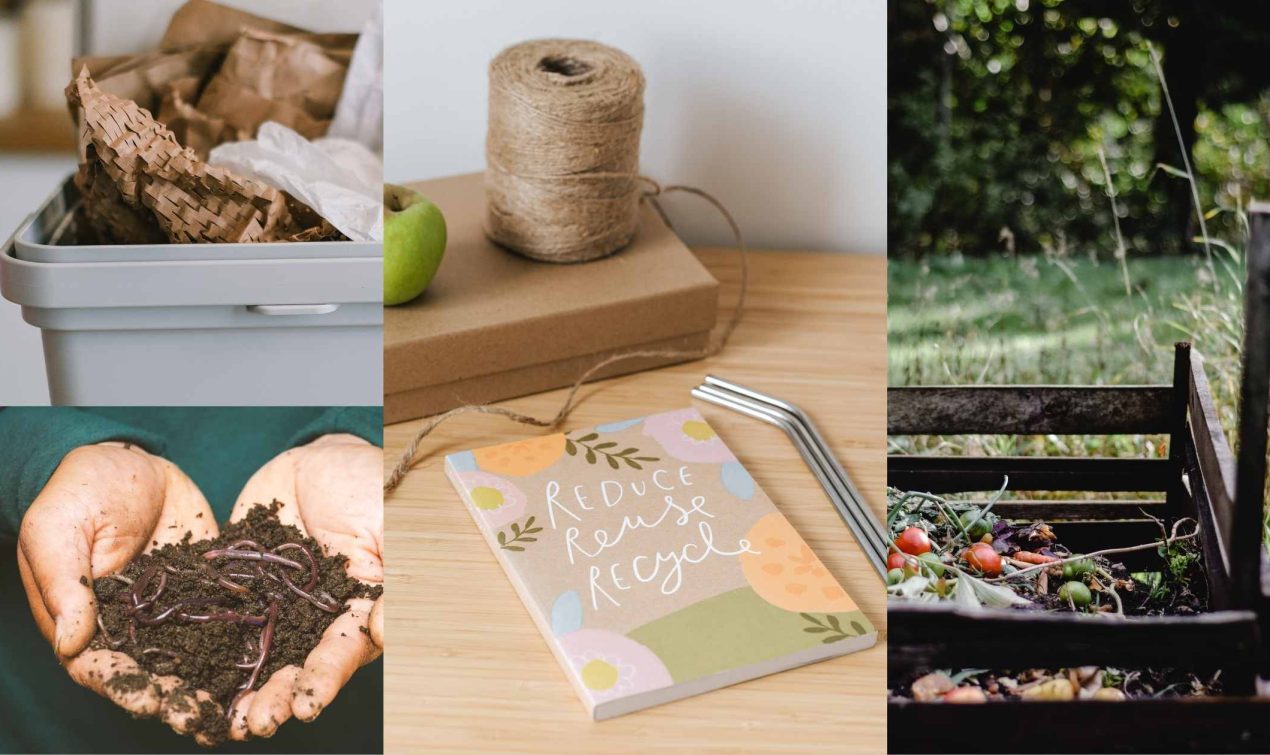
How much recycled material do we use?
Here’s the kicker regarding recycled paper and cardboard waste: we – and all other box manufacturers – can only use “so much” recycled material. Why you ask? Why not use all waste products and save the trees? It’s not as simple as that and has to do with quality and strength. Here at Inbox Group, we use just a tick under 50% recycled material and that’s really amazing. At Inbox Group, we are constantly striving to improve our standards and keep abreast of current trends.
Why not use all recycled material?
You want your valuable products to arrive at their destination in perfect condition, right? You want assurance that they are going to be protected from the rigours of distance, weather, and grumpy delivery guys. To this end, Inbox Group ensures that we do our bit towards keeping waste from landfill – walking a fine line between using quality recycled products and making sure your goods are protected.
Even so, a recent study by the Graz University of Technology proved that carton board could be recycled up to 25 times before the loss of fibre integrity made it unusable. That’s 4-5 times more than previously thought possible. So, the future of recycled cardboard continues to improve.
All cardboard (and paper) is recyclable – yes or no?
Unfortunately, the answer to this is a resounding no! Anything that is contaminated with food waste, for example, cannot be recycled. Napkins, paper towels, and single-use cardboard tableware should never be put in a recycling bin – at home or in a commercial setting. Instead, to keep this type of waste from landfill, it’s a very simple matter to use a composting bin. Worms love paper waste and the compost/worm castings can then be used to grow food. The Great Circle of Life, eh!
So – not in the recycling bin, but put it in the compost heap?
Again, a resounding no. There are industries where paper and cardboard waste simply cannot be safely composted OR recycled. Anything that has been used to absorb and/or store body fluids or chemicals should NEVER be composted or recycled. At home, these items should be crushed or compacted to reduce volume, then placed in the garbage. Or in the case of medical supplies – there are correct methods of disposal which are not covered here.
Using compostable packaging is best then…
Sometimes! Compostable tableware and packaging are made of corn or plant fibre that cannot be recycled. Compostable items are considered contaminants in recycling facilities!
Don’t throw them in the garbage either! When compostable items such as “popcorn” are sent to the landfill, they don’t break down like they naturally would in a compost facility due to a lack of oxygen and heat. At Inbox Group, our custom printed cartons can ensure that your customers are aware of the correct way to dispose of or recycle your packaging.
So, is it all worth it?
With so many rules around the correct way to dispose of cardboard, it might sometimes seem a little daunting and hardly worthwhile. Is it? The answer is – totally, yes! Over the past 2 years, online shopping has increased by 67.1% in Australia. More than 20% of all waste generated comes from packaging! By educating our customers on the correct way to recycle their packaging, we can:
- Save the trees – that’s the easy one! For every tonne of recycled cardboard, we are potentially saving 17 trees.
- Save energy – creating recycled cardboard uses considerably less energy than making it from scratch. One tonne of recycled board saves about 4100 kWh of energy.
- Save landfill – every tonne of waste saves about 3.3 cubic meters of space. We are literally running out of room to keep chucking stuff out and recycling cardboard is just one way we can all help.
- Reduce greenhouse emissions – cardboard sent to landfill breaks down releasing methane into the atmosphere. Methane is one of the MOST potent greenhouse gases.
- Water – yes water is one of our beautiful planet’s most precious resources and recycling 1 tonne of cardboard saves almost 32,000 litres.
- Oil – saving just one tonne of cardboard and reusing it helps to save about 1400 litres of oil.
Recycling is something everyone can do. It takes very little effort to change the way we think about our waste. Correctly sorted cardboard waste can be used repeatedly, helping to preserve our fragile planet for generations to come. Contact Inbox Group if you need further information about getting instructions printed on your packaging and help save some of our precious resources.
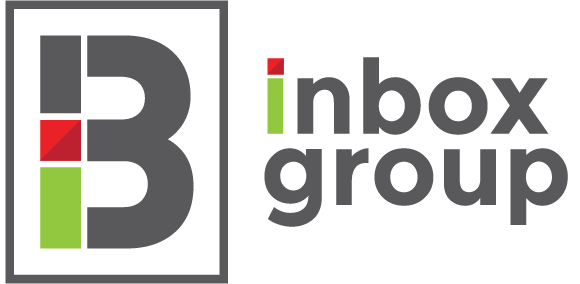




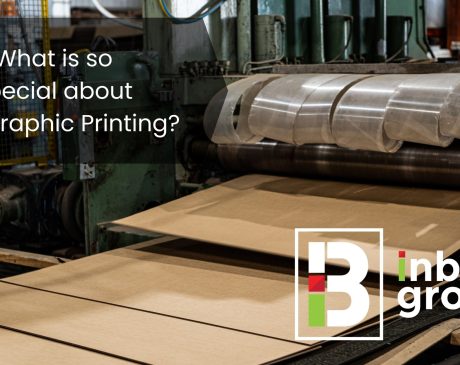

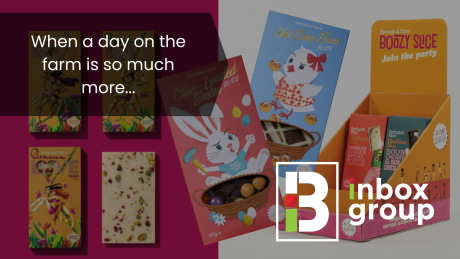
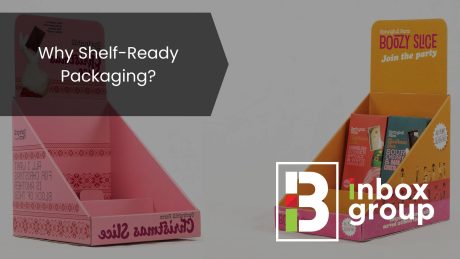
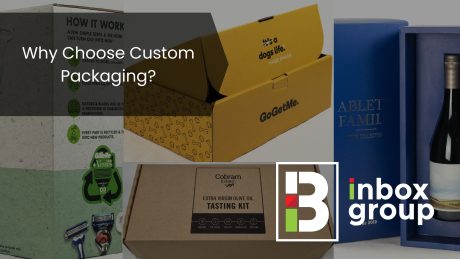
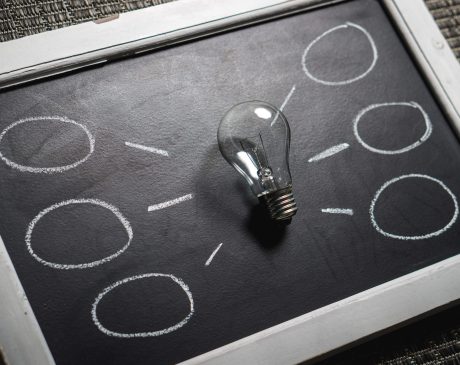
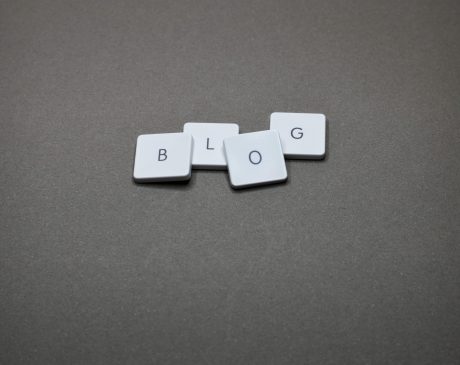
// Comments are closed //